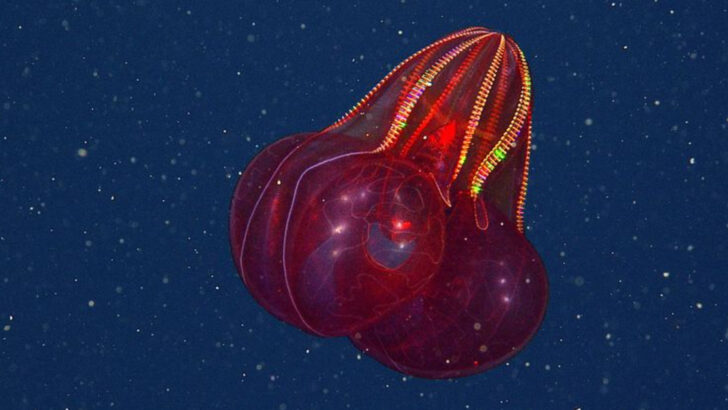The ocean’s deepest corners aren’t just cold and dark—they’re crushing, toxic, and full of surprises. While most life on Earth couldn’t last a second down there, some creatures are built for it. They glow without sunlight, feed without mouths, and survive pressures that would flatten a submarine. These 11 deep-sea animals don’t just tolerate the abyss—they rule it. And a few? They go even farther, thriving near boiling vents or oxygen-starved trenches where nothing else dares to live. From vampire squid to giant isopods, these marvels prove nature doesn’t just adapt—it gets weird, wild, and downright fearless.
Giant Isopod
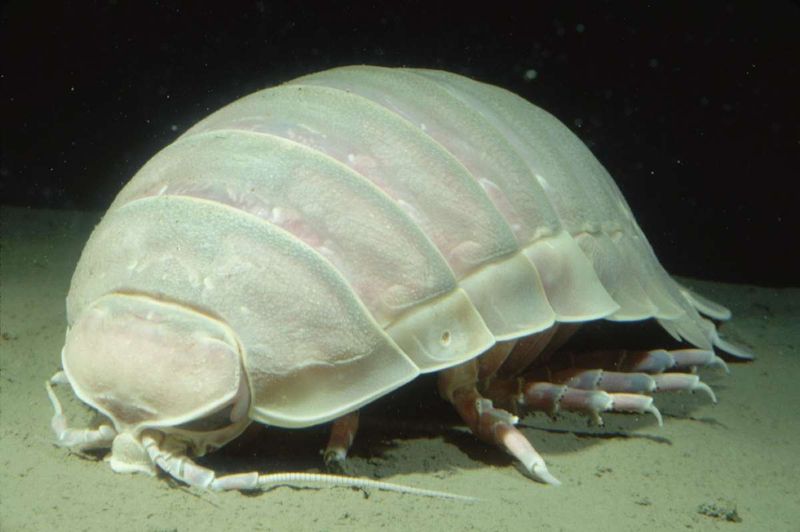
In the shadowy depths of around 2,100 meters, the giant isopod prowls the ocean floor, its armored exterior a testament to survival. This scavenging crustacean is a distant cousin of the pillbug, but with a size that can reach up to 30 centimeters. Its exoskeleton is not just for protection; it provides buoyancy control as it scavenges for food.
Despite the scarcity of nourishment in such depths, giant isopods can endure long fasting periods. They feast voraciously when a rare meal appears, utilizing their ability to store immense amounts of fat. Their resilience is legendary in the ocean’s abyss.
Barreleye Fish
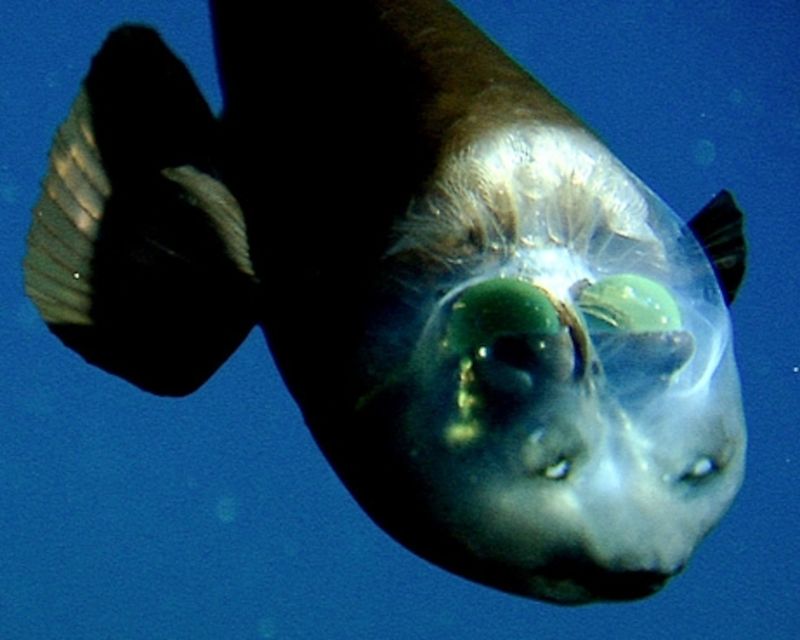
With a head that resembles a pokéball, the barreleye fish’s transparent skull houses upward-facing eyes adapted for survival in twilight zones of 600 to 800 meters. These eyes, shielded by a fluid-filled dome, allow it to capture the faintest glimmers of light from above.
This peculiar anatomy enables the barreleye to see potential prey silhouettes against the water’s surface. Despite its delicate appearance, the barreleye is a master of disguise, blending seamlessly with the murky environment. Its ability to rotate its eyes offers an unparalleled advantage, making it a true marvel of deep-sea adaptation.
Frilled Shark

The frilled shark, often called a living fossil, glides through depths of 200 to 1,500 meters with a grace reminiscent of an eel. Its elongated body, lined with frilled gill slits, is a relic of ancient oceanic times. Unlike modern sharks, its teeth are needle-like, perfect for grasping slippery prey.
With an eel-like flexibility, the frilled shark can swiftly coil around its prey, ensnaring them in a deadly embrace. This creature’s unique hunting strategy and prehistoric lineage make it a fascinating subject of marine biology, embodying the enduring mystery of the deep.
Dumbo Octopus
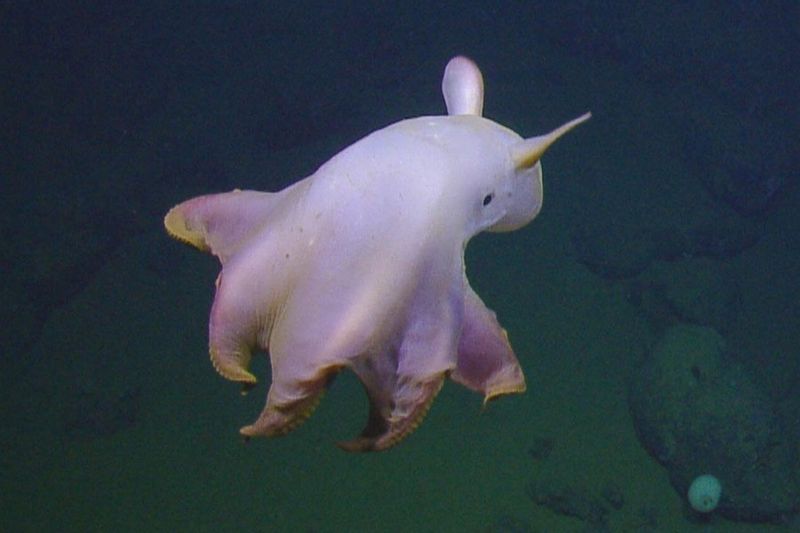
Deep at 7,000 meters, the Dumbo octopus flaps its ear-like fins with an enchanting grace. Named for its resemblance to a beloved elephant, this cephalopod’s gelatinous body is perfectly adapted to withstand immense pressure.
Ineffably delicate, it glides through the abyss, using its fins for propulsion and its webbed arms for steering. The Dumbo octopus’s ability to hover gently in the water column allows it to ambush unsuspecting prey. Its charismatic appearance and graceful movements make it a favorite among deep-sea explorers, symbolizing the otherworldly beauty of the ocean depths.
Deep-Sea Hatchetfish
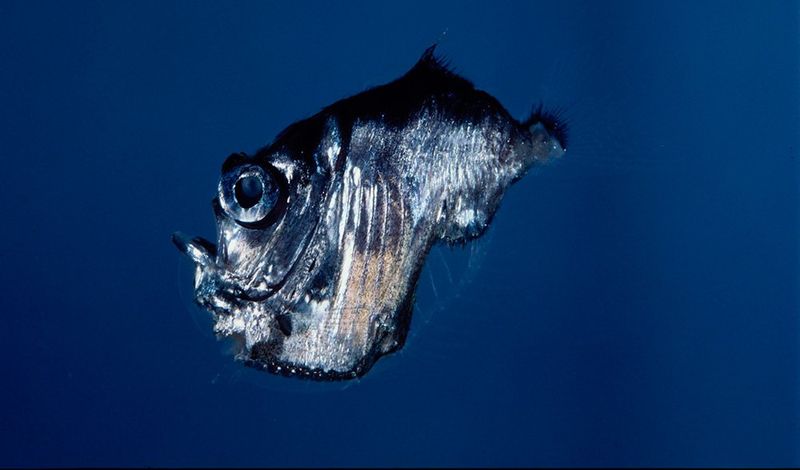
Amidst the darkness of 200 to 1,000 meters, the deep-sea hatchetfish employs bioluminescence to disappear into the void. Its unique silhouette, reminiscent of a hatchet, is adorned with photophores that emit a soft glow.
This counter-illumination technique renders the hatchetfish invisible to predators lurking below. Its slender body and upward-facing eyes allow it to detect movement from above, giving it an edge in the hunt. The hatchetfish’s remarkable adaptation to the twilight zone underscores the evolutionary ingenuity found in the ocean’s hidden realms.
Anglerfish

With a menacing grin and a glowing lure, the anglerfish is a nightmare come alive in the depths up to 1,500 meters. Its bioluminescent appendage, an extension of its dorsal spine, dangles like a beacon to entice prey.
When unsuspecting victims approach the light, the anglerfish’s cavernous mouth snaps shut with terrifying speed. Its expandable stomach allows it to consume prey nearly half its size, turning the tables on potential threats. In the haunting shadows of the deep, the anglerfish reigns supreme as a voracious predator.
Snailfish (Pseudoliparis swirei)
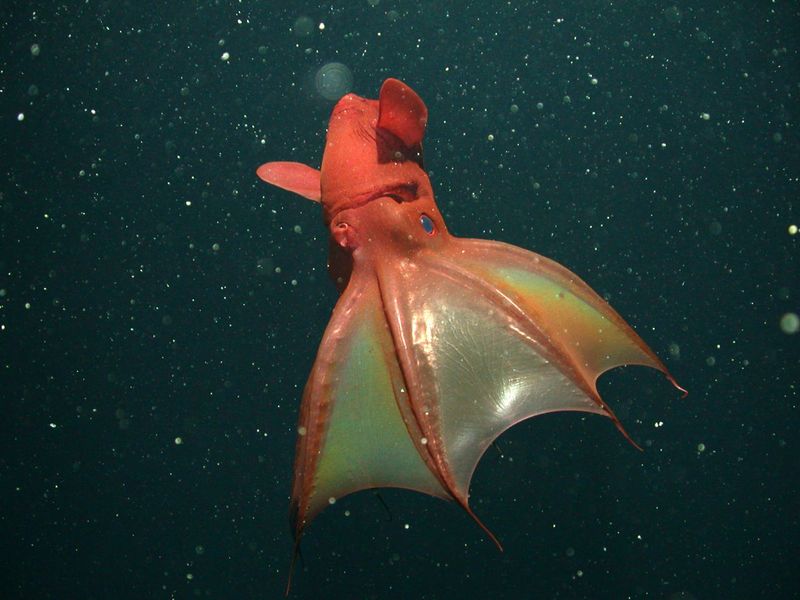
Record-holder of the deep, the snailfish thrives at 8,136 meters in the Mariana Trench, a testament to life’s tenacity. Its delicate, translucent body is surprisingly robust, adapted to withstand crushing pressure.
Unlike many deep-sea dwellers, the snailfish exhibits a unique physiology that allows it to tolerate extreme conditions. It feeds on small invertebrates, using its wide mouth to scoop them up from the seabed. This extraordinary creature stands as proof of evolution’s ability to conquer even the most inhospitable environments.
Black Swallower
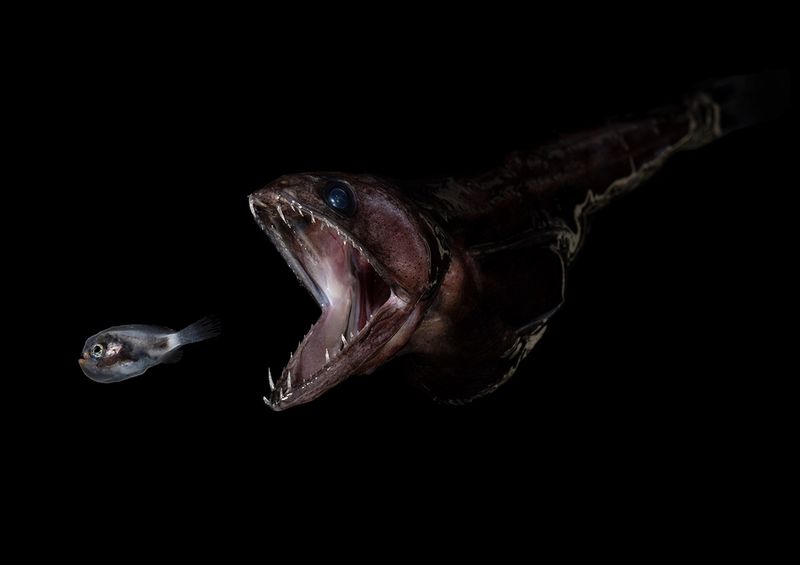
In the depths ranging from 700 to 3,000 meters, the brown/black swallower astonishes with its voracious appetite. Capable of ingesting prey up to ten times its size, it defies the odds with jaw-dropping feats of consumption.
This fish’s expandable stomach is an evolutionary marvel, allowing it to swallow creatures whole. Its unique digestive system efficiently breaks down even the largest meals. The swallower’s ability to engulf oversized prey is emblematic of the deep sea’s unpredictable nature, where survival often hinges on unexpected adaptations.
Sea Cucumber
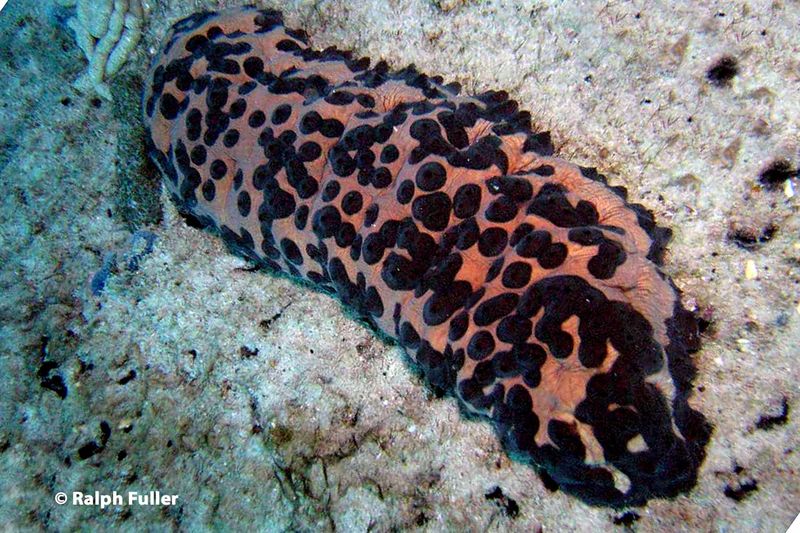
Above 33,000 feet in the abyssal plains, the sea cucumber quietly acts as the ocean’s recycler. Its soft, tubular body sifts through sediment, extracting organic matter and cleaning the ocean floor.
Though unassuming, sea cucumbers are vital to the marine ecosystem. Their role in nutrient cycling ensures the health of oceanic environments. With an ability to thrive in the extreme pressures of the deep, they symbolize resilience and the interconnectedness of life beneath the waves.
Giant Tube Worms
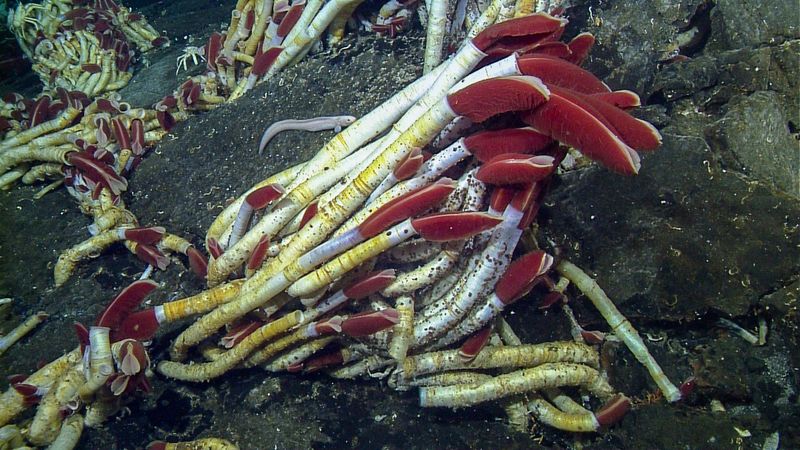
Thriving near hydrothermal vents at around 1,500 meters, giant tube worms form bizarre, vibrant colonies. Their red plumes, rich in hemoglobin, are a striking contrast to the dark seafloor.
These unique creatures rely on a symbiotic relationship with bacteria to convert vent chemicals into energy. This chemosynthesis process allows them to flourish in areas devoid of sunlight. Giant tube worms are not only a marvel of adaptation but also a cornerstone of deep-sea ecosystems, supporting a diverse array of marine life.
Blood-Belly Comb Jelly

Inhabiting depths of 250 to 1,500 meters, the blood-belly comb jelly is an enigma wrapped in translucent beauty. Its distinctive red belly serves as camouflage, allowing it to blend seamlessly into the ocean’s dark interior.
Unlike most comb jellies, this species employs a stealthy approach to avoid detection by predators. Its ciliated body refracts light, creating a mesmerizing display as it drifts through the water. The blood-belly comb jelly exemplifies nature’s artistry, where survival and beauty converge in the deep.
Pompeii Worm
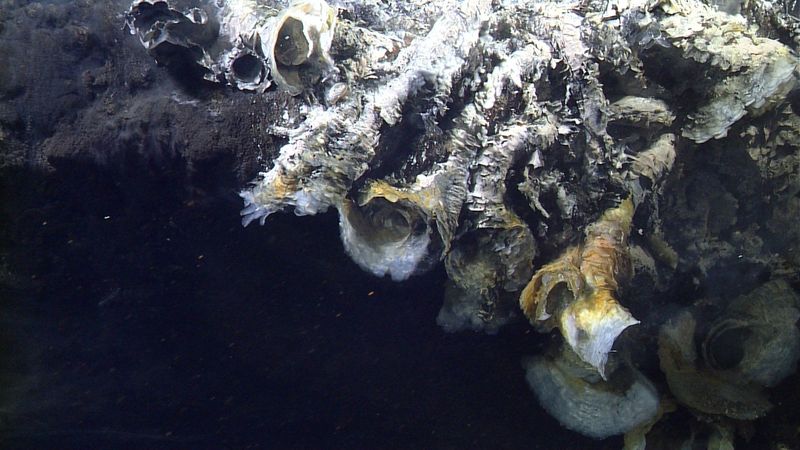
Resilient in the face of superheated vent conditions, the Pompeii worm thrives where few can survive. Found clinging to hydrothermal vents, it endures both high pressure and temperatures exceeding 80°C.
This extremophile’s secret lies in its symbiotic relationship with heat-loving bacteria that cover its back. Together, they transform vent chemicals into nourishment. The Pompeii worm’s remarkable adaptation to such extremes offers insights into life’s potential to exist in the harshest environments, pushing the boundaries of biological understanding.
Hadal Amphipods
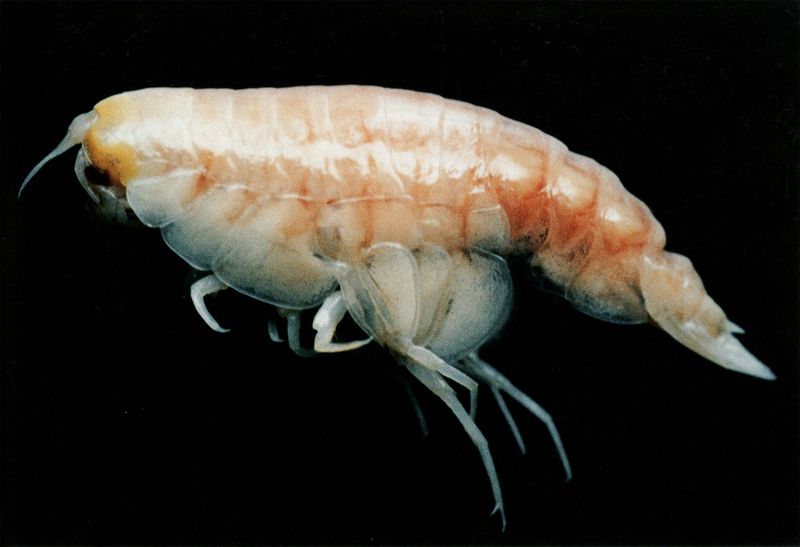
Tiny yet formidable, hadal amphipods navigate the crushing pressures of ocean trenches exceeding 6,000 atm. These minute crustaceans have evolved to thrive where most life would be pulverized.
With a compact, hardy exoskeleton, they scavenge for organic debris, playing a crucial role in the deep-sea food web. Their ability to flourish in such hostile environments highlights nature’s ingenuity and the fascinating adaptations that arise in life’s pursuit of survival.
Vampire Squid
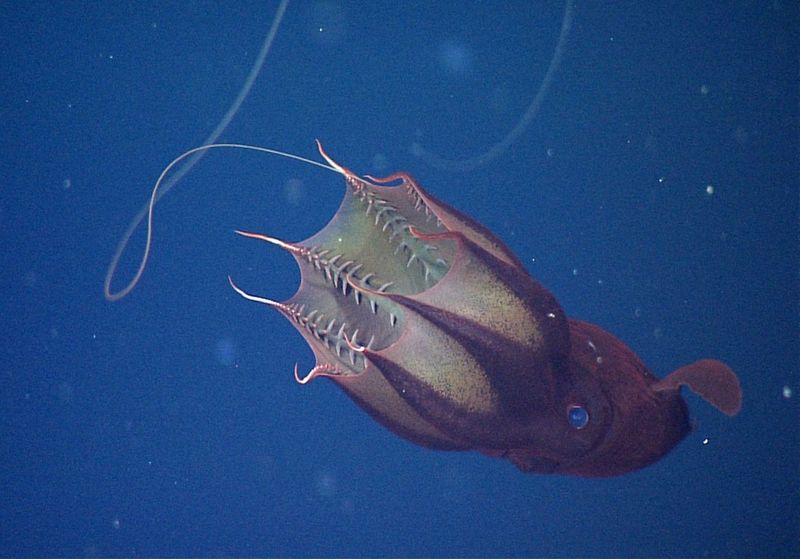
Haunting the oxygen-poor depths down to 2,700 meters, the vampire squid employs a unique blend of bioluminescence and adaptable metabolism. Its dark, webbed arms, lined with glowing tips, create an eerie spectacle as it navigates the dark waters.
Unlike its bloodsucking namesake, this squid feeds on marine snow, a mix of detritus and organic matter. Its energy-efficient lifestyle allows it to thrive where other creatures might perish. The vampire squid is a testament to the adaptability and resourcefulness of deep-sea life.

